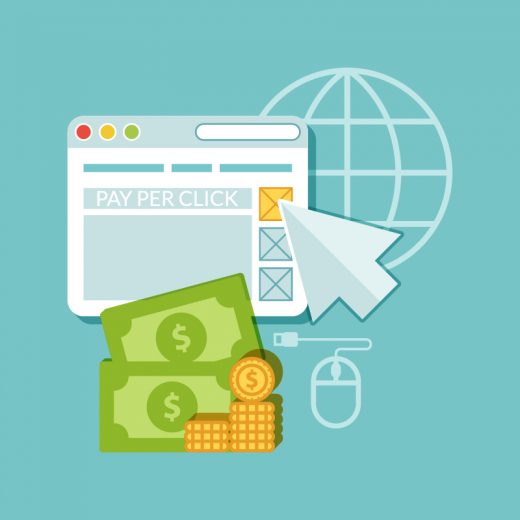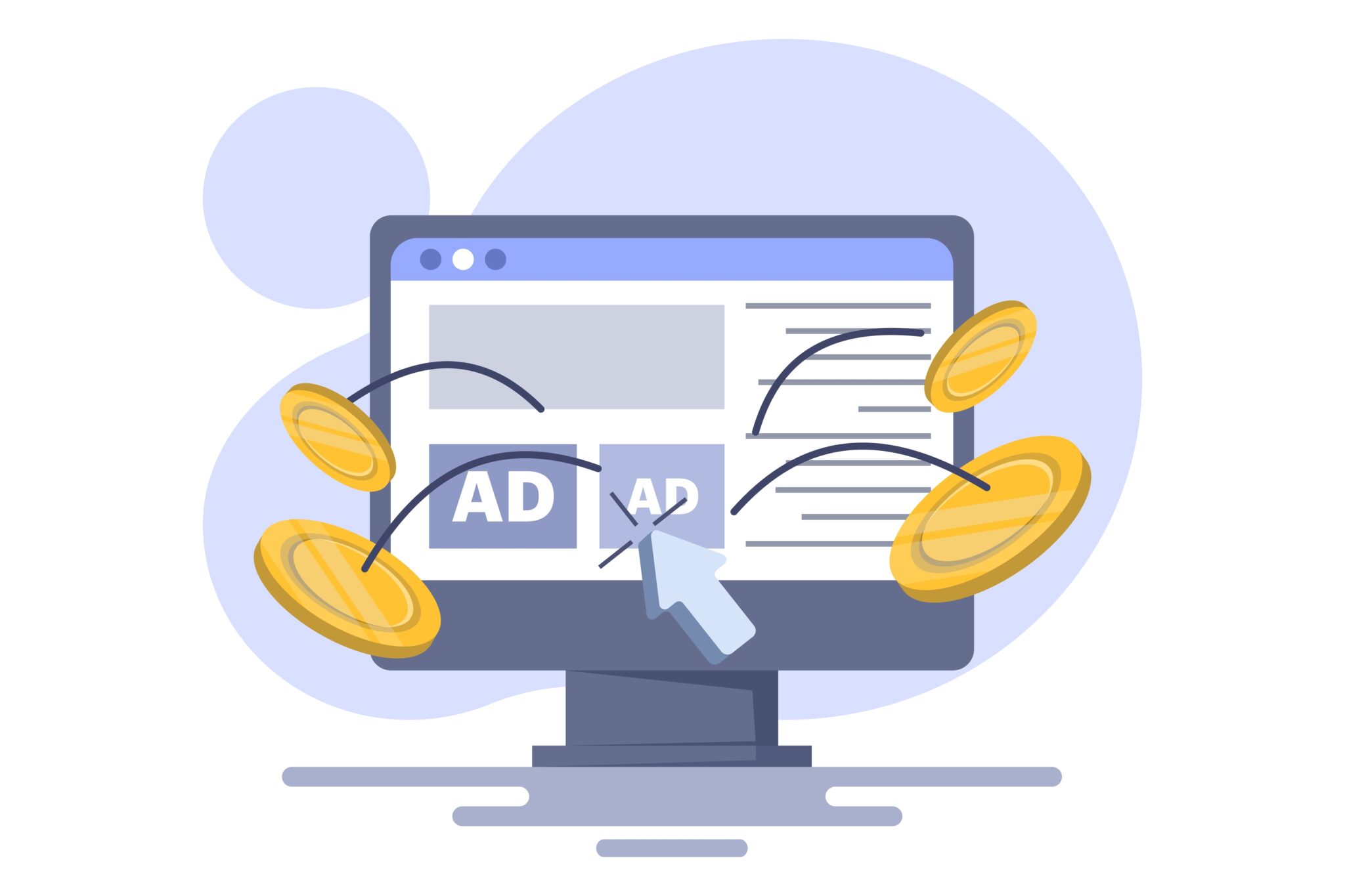What is Attribution Modelling and Why Does it Matter?

As a performance marketer you are likely to be judged and measured on the success of your campaigns in terms of revenue delivered. Because of this, you need to know the answer to this question for when the directors come calling: Are your campaigns driving revenue?
Of course, if you can’t answer that then you won’t be making informed decisions about optimisation and how and when you should be pushing leads down the funnel. However, by using an Attribution Model, we are going to be able to credit different channels with the amount of revenue they are delivering to which we will place against the spend per channel.
Without attribution modelling, we aren’t going to be able to learn which aspects of our marketing campaigns work and in turn not know where our money is wasted. The old saying from business pioneer John Wanamaker states “Half of the money I spend on advertising is wasted; the trouble is, I don’t know which half” and this is where Attribution comes in…
The simple definition of Attribution Modelling refers to how marketers assess and credit the value, or ROI, of the channels that connect your business to customers. If a customer originally came to the website through a Facebook advert and didn’t convert, but then was shown a Display Ad where they came back and did convert – it’s fair to say that original Facebook Ad had some impact on this customer’s journey to buying. With an attribution model, we can decide the value of a sale to each touchpoint with the customer. Here we will look at some of the different attribution models that are commonly used:
-
Single Source Attribution
Single source attribution gives all the credit of the lead to just one touchpoint, usually the first or the last touch.
First Touch Attribution gives all the credit of the lead to the first channel that the lead engaged with. So for example, a customer may have firstly come through Twitter to the website. Even if they leave, and come back through many other touchpoints or channel, Twitter will still be credited with the lead. This type of attribution fails to account for secondary or tertiary interactions with the customer and essentially says “the customer learned of us through xxx and therefore that deserves credit”
Last Touch Attribution is basically the opposite of First Touch. Whichever is the last channel to engage with the customer gets the credit as it can be perceived as the final sales pitch which made up the customers mind. This does miss out key information about other valuable channels such as how the lead was acquired, or how it was turned from a cold to a warm lead.
Because customers are likely to be engaging with cross channel marketing messaging, Single Source Attribution is widely considered inaccurate and old fashioned but it’s important for us to understand what it is.
-
Multi Source Attribution
Multi Touch Attribution, or Position Based Modelling as it is sometimes known, gives a different level of credit to each touch point of the customer journey. For example, we could say that the first touchpoint acquired the lead and is therefore worth 40% credit. The second touchpoint warmed the lead and is due 20% credit and the third touchpoint converted the lead and deserves 40% credit. Here are four of the most common models:
Linear – This is the simplest way which gives each touchpoint an equal share. If the customer has engaged 10 times, each channel will get 10% credit.
Time Decay – This is common where the touchpoints are spread out, in B2B industries mainly. This model suggests that the more recent interactions are worth more than those earlier in the campaign.
U Shaped – The U Shape gives the majority of credit to the first and last touchpoints and the rest is shared. For example, the first and last touchpoints would be worth 40% each and then any in between would share the 20% regardless of whether that was just one, or seven touchpoints.
W Shaped – This is basically the same as the U shape but adds in an additional point. The three major touchpoints will receive say 30% each and 10% would be shared evenly amongst the rest. That middle touchpoint would usually go to an opportunity creation aspect, or where the lead turns warm from cold. Acquisitions, Warming & Closing are your touchpoints here.
This has given us many different options on how we should use attribution modelling but which one is best? Marketers everywhere have to try and answer this question and there is no definitive answer. Ultimately, it depends on the company. If you find that many people will just interact once before buying then you don’t need the Time Decay Model and can look at Single Source, Linear or U Shaped. The Time Decay Model would be useful for big purchases where customers need a lot of time and information before making their decisions, such as buying a car or property.
To conclude, as marketers we should definitely be considering an attribution model of some kind to help us understand how each aspect of a campaign is working, and the kind of revenues they are delivering. This will help us moving forwards with optimisation plans and strategies on what messaging to expose customers to and at what points of their journey.







